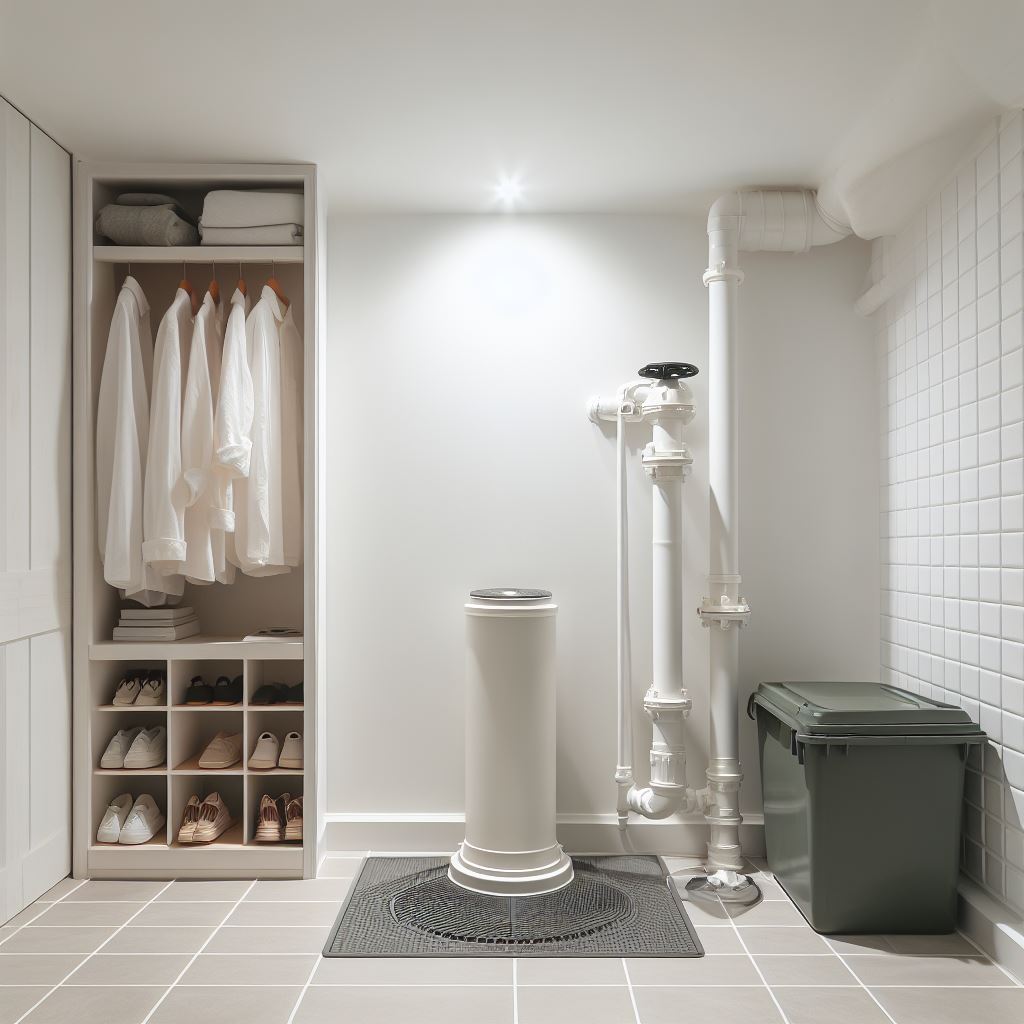Introduction
When it comes to maintaining a home, most people think about the obvious — landscaping, roofing, HVAC systems — but one critical component often overlooked is the sewage pump. Though it works quietly behind the scenes, a sewage pump is a powerhouse that protects your home from costly and unsanitary disasters. Whether you’re new to homeownership or considering an upgrade, understanding how sewage pumps work — and why they matter — can save you a lot of trouble down the road.
What Is a Sewage Pump?
A sewage pump is a mechanical device designed to move solid and liquid waste from your home’s plumbing system to a septic tank, municipal sewer line, or treatment facility. They are especially crucial for homes with basement bathrooms, laundry rooms, or other fixtures located below the main sewer line — areas where gravity alone isn’t enough to move waste effectively.
There are different types of pumps, but residential homes most commonly use submersible sewage pumps. These units are installed inside a basin below ground level and automatically activate when the wastewater level rises to a certain point.
Why Sewage Pumps Are Essential
1. Preventing Backups and Floods
Without a properly functioning sewage pump, wastewater can flow backward into your home, causing severe damage, foul odors, and health hazards. A pump ensures that waste is carried away swiftly and safely.
2. Expanding Living Spaces
Want a basement bathroom or laundry area? A sewage pump makes it possible to install plumbing fixtures in parts of your home where gravity drainage isn’t feasible.
3. Protecting Septic Systems
For homes with septic tanks, a sewage pump helps regulate flow and pressure, ensuring that your system doesn’t get overwhelmed.
Choosing the Right Sewage Pump
When selecting a sewage pump, homeowners should consider a few key factors:
- Horsepower (HP): A standard home usually needs a ½ HP pump, but homes with greater demands might need a stronger unit.
- Material: Look for pumps made with durable materials like cast iron, which can withstand harsh conditions better than plastic models.
- Capacity: Make sure the pump can handle the volume of waste your household produces. This is often measured in gallons per minute (GPM).
- Grinder vs. Non-Grinder: Grinder pumps are equipped with blades that grind up solid waste before pumping, reducing the risk of clogs — a valuable feature for homes with high usage.
Maintenance Tips for Long Life
Like any mechanical device, sewage pumps need a little care to stay in top shape:
- Routine Inspections: Check your pump annually or hire a professional to inspect it. Look for signs of wear, corrosion, or blockages.
- Keep the Basin Clean: Regularly clean out the pit or basin where the pump sits to prevent buildup that can lead to clogging or odor issues.
- Watch for Warning Signs: If you notice strange noises, slow drainage, or foul smells, it might be time for a repair or replacement.
- Install a Backup System: Power outages can disable your sewage pump, leading to backups. A battery-operated backup pump can provide peace of mind.
When to Call a Professional
While minor maintenance tasks can be DIY-friendly, installation, major repairs, and replacements should be left to qualified plumbers or sewage system professionals. Improper handling can lead to bigger problems, and sewage systems often require compliance with local health codes.
Final Thoughts
Sewage pumps might not be the most glamorous part of homeownership, but they are undeniably one of the most important. By choosing the right pump, maintaining it properly, and addressing problems promptly, homeowners can enjoy peace of mind — and a dry, sanitary home.
Next time you’re thinking about essential home upgrades, give a nod to your sewage system — it works hard so you don’t have to.

